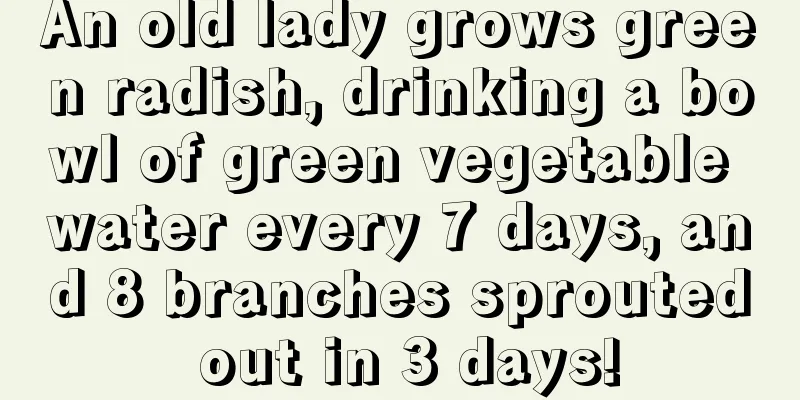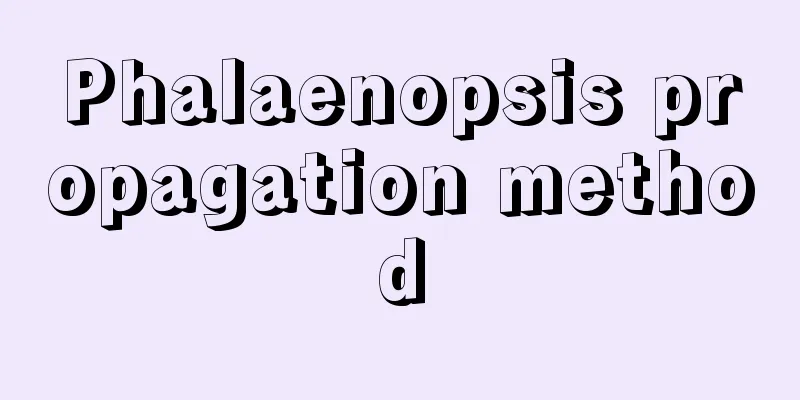Causes and treatments of yellowing leaves of anemone

1. Temperature is too highReason: It likes a cool growing environment and is afraid of high temperatures. Therefore, if the temperature is too high, water will be lost quickly and its leaves will turn yellow and bend. Solution: When the temperature is too high, move it to a ventilated, cool, semi-shaded place for maintenance. At the same time, spraying some water on the leaves can have a cooling effect and reduce damage to prevent other leaves from continuing to turn yellow. 2. Insufficient lightReason: Anemone likes coolness, but also needs light. If it is kept in a cool place with poor light for a long time, the leaves will turn yellow. Solution: Move it to a cool, ventilated place indoors with sufficient diffused light so that it can receive sufficient light. Avoid direct sunlight, as it will burn the leaves and cause problems for the leaves. 3. Too little wateringReason: To grow anemones, the soil needs to be kept moist. If the plant lacks water or is not watered for a long time, its leaves will turn yellow due to insufficient water supply. Solution: Water needs to be added in time to ensure the soil is moist. Then spray some water on the leaves that are less yellow to replenish moisture to help them recover and reduce damage. The water demand is low in winter, so the frequency and amount of watering can be reduced. In rainy seasons, anemones need to be placed in a dry place for maintenance, protected from rain, and watering should be stopped. 4. Insufficient fertilizationCause: Insufficient nutrient supply, malnutrition of the plant, and the leaves will turn yellow. Solution: Nutrients need to be replenished in time, and the frequency and amount of fertilization should be increased. Generally, it is sufficient to apply a thin layer of fertilizer water once every half a month. During the flowering period, in order to promote the formation of flower buds, it can be applied once a week. 5. PestsCause: When plants are infested with insects, the pests will suck the juice from the leaves, hindering their normal growth and causing yellow leaves to appear. Treatment method: It is necessary to find out the cause of the disease in time according to the affected area, use different medicines, and eliminate pests. |
<<: Causes and treatments for yellowing leaves of elmleaf plum
>>: Causes and treatments for yellow elm leaves
Recommend
How to water Cyperus
Watering principles When watering the Cyperus rot...
Where does wild Ganoderma generally grow?
Lingzhi is a kind of fungus in the family Polypor...
With one click of a knife, the succulent plant popped out 7 heads and grew into a cluster of large flower balls!
Topping - Control height and explode small heads ...
Why do chrysanthemum leaves turn black?
1. Reasons During the growth process of the plant...
What are the cultivation methods and precautions of Pyracantha
Pyracantha propagation method Pyracantha, also kn...
How to grow Begonia
1. Breeding conditions 1. Soil: It needs to be re...
Cultivation methods and precautions of golden rainbow orchid
The golden rainbow orchid is a variety of orchid,...
Is it harmful to grow garlic indoors?
1. Is it harmful? There is no harm in growing thi...
Is the dragon beard begonia poisonous?
1. Is it poisonous? In fact, it is one of the mor...
When is the best time to plant peony seeds?
Peony seed planting time Peony is a perennial pla...
How to save pepper seeds
Pepper seeds Chili peppers have seeds, which are ...
How to propagate jewelweed
1. Leaf cuttings 1. Choose the most mature and ro...
What to do if the leaves of wine bottle orchid turn yellow
1. Too much light Reason: Although we say that th...
What to do if you water the peacock too much?
1. Treatment methods 1. If you find that you have...
How to propagate tea oil
Sowing and seedling raising This method is obviou...









